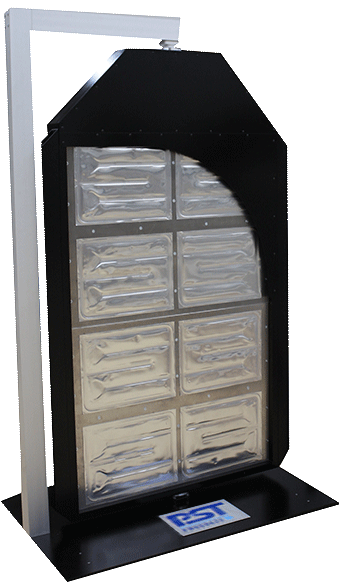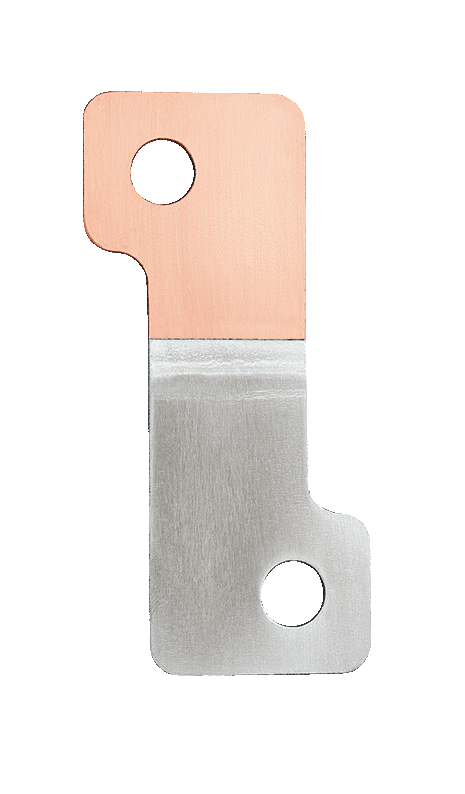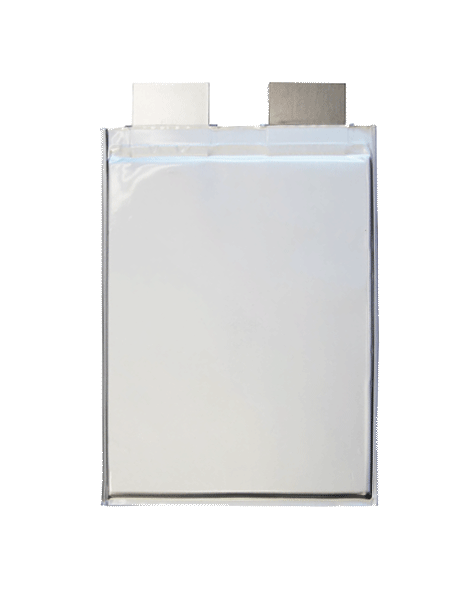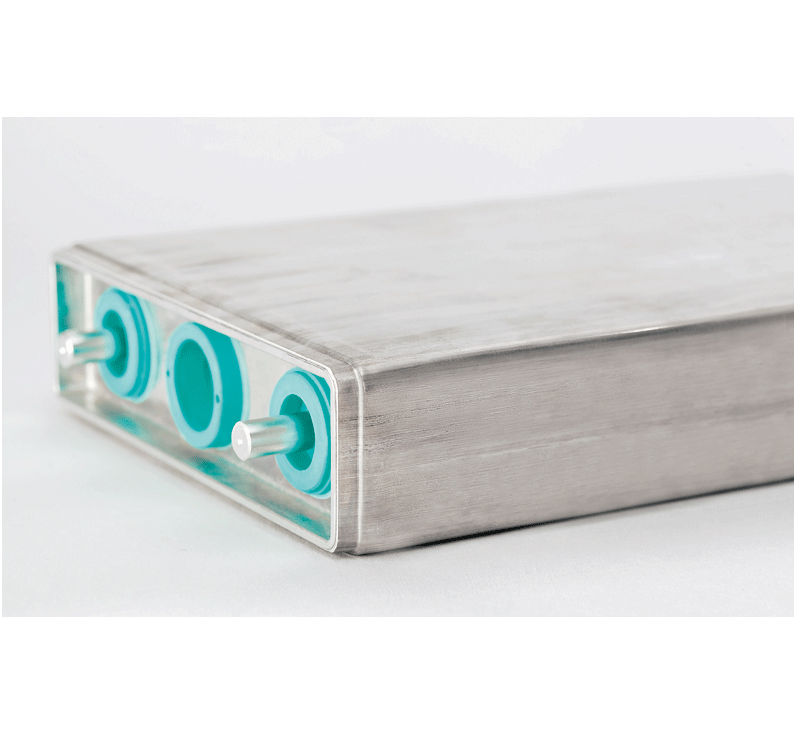
Electromobility and battery technology are placing demands on the materials used, some of which can only be solved with multi-material construction. High-strength joints of thermally sensitive aluminium alloys and copper-aluminium compounds often present great challenges for conventional techniques.
The EMPT, on the other hand, enables intelligent and cost attractive solutions in the following areas of application:
Battery boxes
Bus bars
Packing bracing/tensioning straps for pouch cells
Cell housing for prismatic accumulators

Particularly in the field of electromobility, the concept of lightweight construction is clearly linked to the vehicle's performance. One option for saving weight and space is provided by battery boxes, some of which are integrated into the vehicle floor and also have to perform load-bearing tasks. These battery boxes are based on lightweight aluminium construction methods that have to meet high strength and tightness requirements.
In terms of manufacturing technology, the major challenge here is the distortion-free welding of the lid and base onto the surrounding frame structure. The EMPT enables a distortion-free welding, because the process does not introduce any significant heat into the workpiece and structure. Thus, it is also possible to weld relatively thin-walled cover plates onto thicker-walled frame structures.
Bus bars provide the power supply between the cells of a battery module or connect one battery module to the next. Hybrid aluminium-copper bus bars place special demands on joining technology. They are used if the cells have copper anodes and aluminium cathodes routed outwards, or if several battery modules are to be screwed together.
Electromagnetic Pulse Technology (EMPT) creates material-locking connections between aluminium and copper or silver-plated or nickel-plated copper, since no thermal energy is introduced. The welds created this way are characterised by a high mechanical strength under static, impact and cyclic loads. In addition, EMPT welded joints exhibit an extremely high electrical conductivity.


Lithium-ion pouch cell batteries usually require a housing that encloses and braces the cell stack. These housings often consist of two aluminium pressure plates, which are pre-stressed and connected with two tie rods. The connection of the tie rod and the pressure plates by means of EMPT welding is an advantageous connection option compared to fusion welding process.
This does not produce any heat that could damage the internal temperature-sensitive pouch cells. Another benefit: The EMPT weld seam has a very high strength. There is no thermal distortion as with fusion welding, and no loss of strength. This enables the creation of thin-walled solutions in lightweight design.
